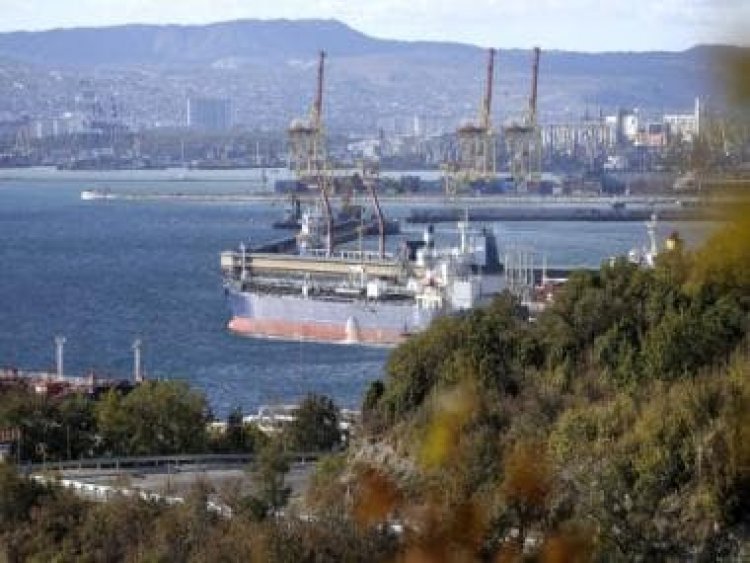Explained: Why India is not supporting the G7's $60 price cap on Russian oil
Explained: Why India is not supporting the G7's $60 price cap on Russian oil

The Russia war in Ukraine, now in its 292nd day, continues to wage on. Western countries and its allies are trying to exert as much pressure as they can to limit Moscow’s ability to fund its invasion of Ukraine.
Earlier, on 5 December, after months of negotiations, western countries comprising the G7 nations, the European Union and Australia agreed to a price ceiling of $60 per barrel of searborne Russian Urals crude oil. These are some of the biggest sanctions to date, as Europe — once the destination for about half of Russia’s oil exports — further weans itself off Russian energy.
However, India, which has been vocal in calling for a diplomatic end to the war, has reiterated that it will continue to buy oil from wherever it gets a good deal.
Confused about what all this means? What exactly does a does a price cap mean? How does India figure in this? We take a closer look and try to simplify things — from the G7 sanction to where New Delhi stands on the matter.
What is the price cap on Russian oil?
For those who are confused, a price cap is a form of economic regulation that sets a limit on the prices that a provider can charge. Interestingly, price-cap regulation was first developed for the condom industry in the United Kingdom but has since been adopted for a range of utility industries around the world.
As a means to limit Russia’s funding of its war in Ukraine, the G7 countries — the United States, Japan, Germany, Britain, France, Italy and Canada — decided on a $60 price cap on Russian crude oil. The United States and Secretary of the Treasury Janet Yellen had championed the price cap as a way to stanch a sharp rise in energy prices as a result of Europe’s embargo.
Some European countries and Baltic nations, as per Vox, had wanted a lower price cap, but the US and other countries were wary that setting the price cap too low could force Russia to cut production a lot and broadly unsettle the global economy.
Also read: How Russia earned $98 billion from fuel exports in first 100 days of Ukraine war
What this means is that they don’t want to stop the purchase of Russian oil altogether, as this could have cascading effects on the world’s economy.
So, how does it work?
As per the G7 coalition, insurance companies and other firms needed to ship oil would only be able to deal with Russian crude if the oil is priced at or below the cap.
Most of the insurers are located in the European Union or the United Kingdom and could be required to participate in the cap. Without insurance, tanker owners may be reluctant to take on Russian oil and face obstacles in delivering it.
It has to be noted here that the price cap covers all seaborne oil; there is an exemption for pipeline gas.
However, the effectiveness and implementation of a price cap like this are untested. Russia is already amassing a fleet of tankers to try to blunt the measures. Moreover, the penalties for carrying oil above the price cap aren’t so stringent. It has been decided that EU operators financing or servicing a vessel for the transport of Russian oil would be prohibited for 90 days. This is scaled back from a lifetime prohibition.
Where does India stand on the issue?
India is a big importer of Russian crude oil and many fear that the price cap could affect India negatively.
In fact, in recent times, India’s imports of crude from Russia has risen significantly. Data by the commerce department shows that before the Ukraine conflict in February, India’s total import of Russian crude was a mere 0.2 per cent. However, this has risen to a record 24.8 per cent from April to September.
#Russia was the top supplier of oil to India in November for the second consecutive month as the country bought 909,400 barrels per day from Russia.
Here’s how much oil India bought from Russia since March 2022
What's Your Reaction?



























































